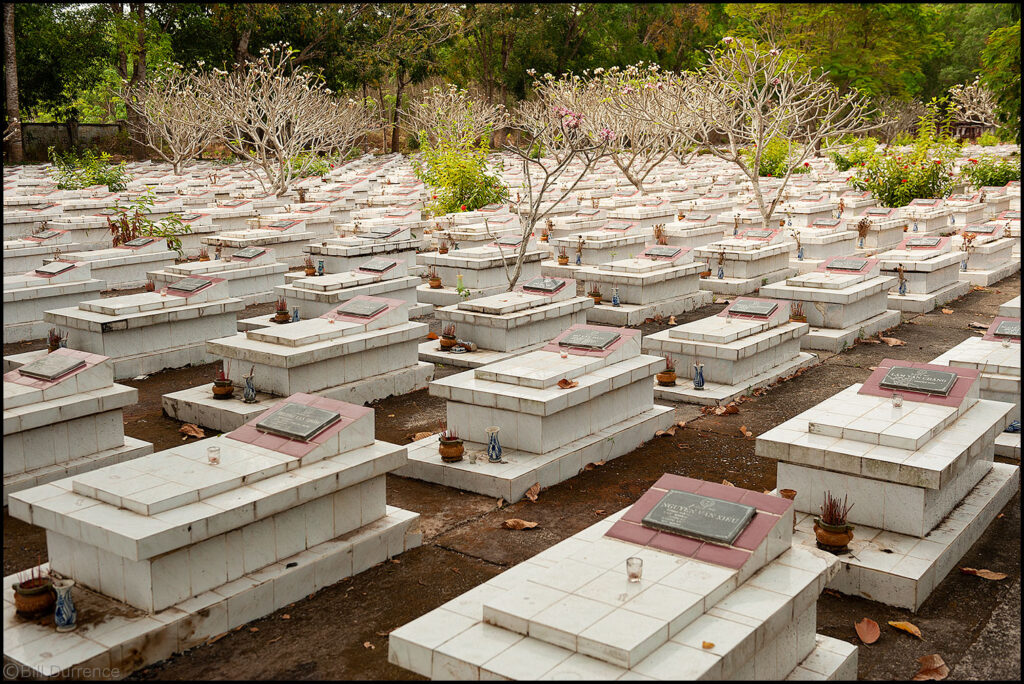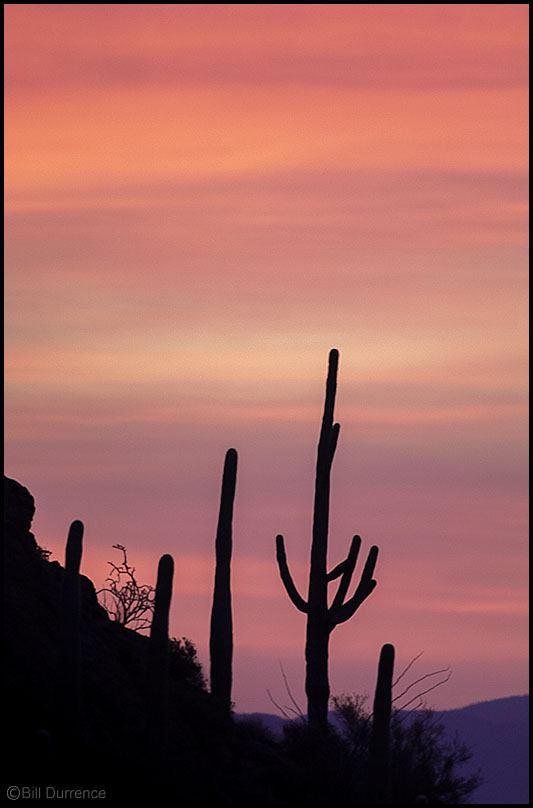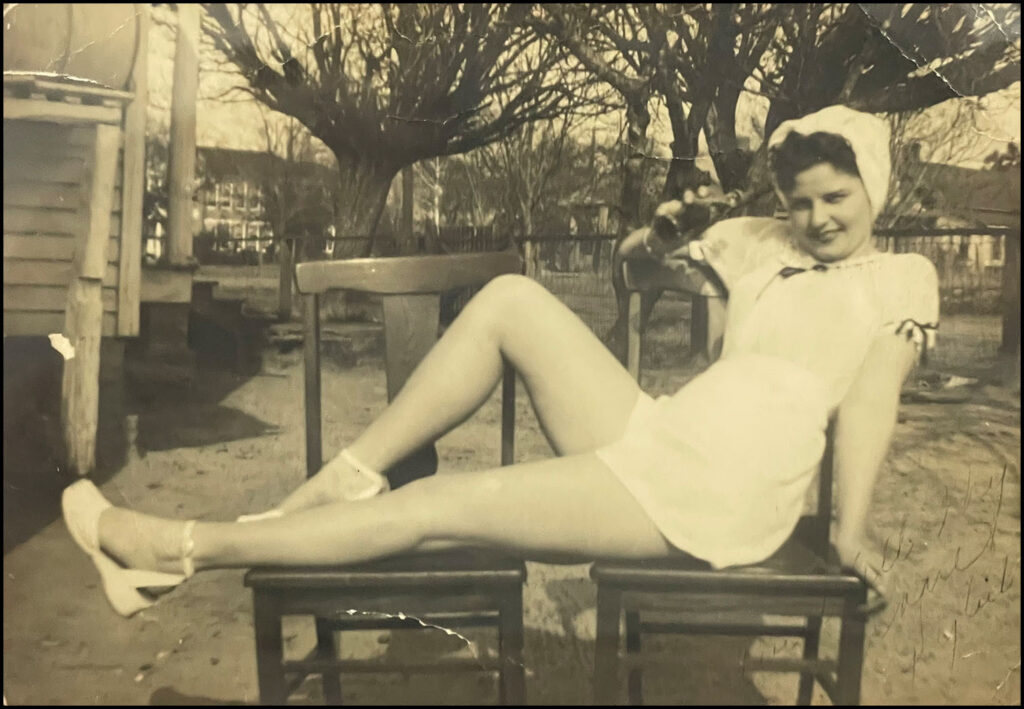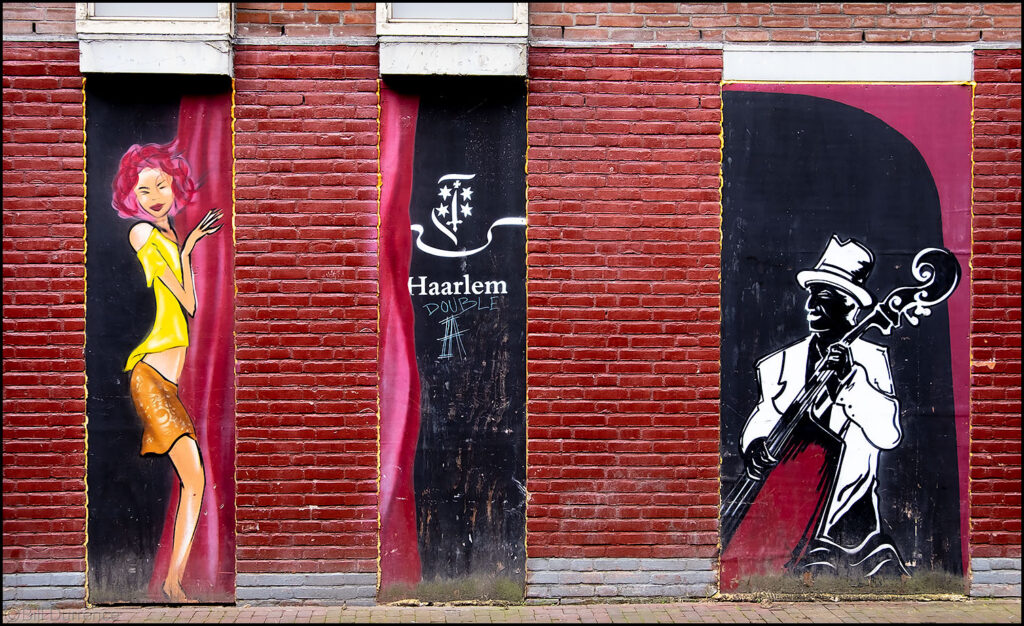Vietnam, 2011


The shape of military grave markers will vary from culture to culture, but the common denominator in each military cemetery is the endless, numbing repetition of those markers, receding to a vanishing point at the horizon.
I have heard several variations on the story, but broadly, in 1868, a group of Southern women laying flowers on Confederate graves decided to also honor the Union dead, left so far from home. Word of this got around and the conciliatory nature of the act led to a poem by Frances Miles French, “The Blue and the Gray,” the last stanza of which is:
“No more shall the war cry sever,
Or the winding rivers be red;
They banish our anger forever
When they laurel the graves of our dead!
Under the sod and the dew,
Waiting the judgment-day,
Love and tears for the Blue,
Tears and love for the Gray.“
Memorial Day became a national remembrance for all those who made the ultimate sacrifice. That story reminded me of seeing this military cemetery near Ho Chi Minh City, for thousands of Viet Cong dead, with a bench for resting, placed by American soldiers who fought them there.
For more of Bill’s photographs, go to https://www.billdurrence.com/index



